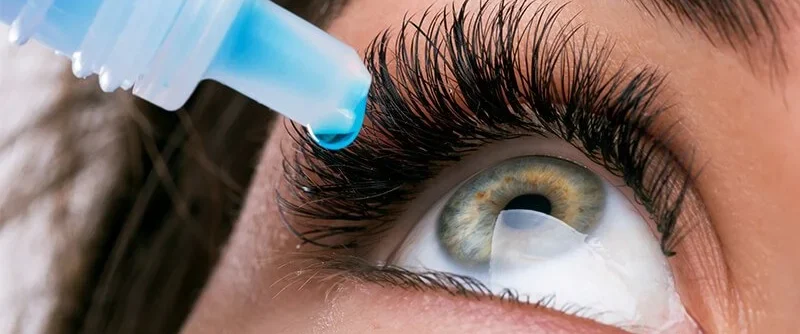What is Presbyopia?

Presbyopia describes natural aging changes to the lens of the eye that cause patients with great distance vision to need reading glasses and those with a distance prescription to need bifocals.
When we enter our mid 40s, the lens of the eye starts to harden and when the focusing mechanism of the eye activates, the involuntary muscles of focus (accommodation) can no longer change the shape of the lens of the eye.
With presbyopia, when the lens hardens, it also starts losing its flexibility. This is what makes it more difficult to focus as you get into your forties and fifties.
How Presbyopia Affects Your Eye
The process of accommodation slowly becomes less effective. This will affect patient’s differently depending on whether they are nearsighted, farsighted or emmetropic (good distance vision). Nearsighted patients will need to remove their glasses to read. Farsighted patients need reading glasses first and later need distance glasses as well. Patients with good distance vision start to need reading glasses. Presbyopia affects patients at different rates and at slightly different ages, but most everyone will become presbyopic.
LASIK and Presbyopia
When you get LASIK, it’s important to realize that it doesn’t correct your vision for future problems. This includes conditions like cataracts and presbyopia. Even after you get LASIK, you will still experience presbyopia later on. This would be the case regardless of whether you had LASIK.
Most of our LASIK patients that have experienced presbyopia are still quite pleased with LASIK. Our eye doctors know that expectations are important, so we are careful to correctly set expectations in each individual case depending on the specific factors in each LASIK laser eye surgery patient.
Options After LASIK With Presbyopia
If you have had LASIK eye surgery and now have presbyopia, talk to your eye doctor about your options. In some cases, a procedure like RLE (refractive lens exchange) may be the best solution. During refractive lens exchange, the lens of your eye is replaced with an artificial lens, known as an IOL. The IOL takes over the job of the natural lens, providing you with clear vision.
RLE is often best for patients who have early cataracts or want to avoid cataract surgery later on. LASIK only involves reshaping the cornea, so RLE makes sense if you want to avoid cataracts. During RLE, you can have a premium lens called the Symfony IOL implanted as well. With the Symfony IOL, you can experience vision at all distances, with ease. You can also get rid of your reading glasses, since the Symfony IOL can bend when you need to look at anything up close, which is a common problem with presbyopia.


